Review for Tokyo Ghoul: re Part 1 - Collector's Edition
Introduction
Not too long ago, I was giving Devils’ Line, a vampire show released here by MVM, a hard time for being a Tokyo Ghoul wannabe. In the intervening years, I’d forgotten that Tokyo Ghoul had left a vacancy to be filled for which a show like Devils’ Line was prime. I may not be a fan of horror, but the first season of Tokyo Ghoul, presenting a world where humans and ghouls tried to co-exist, managed to impress me. It’s just that things went totally downhill with the second season, Tokyo Ghoul √A, and the less said about the live action movie the better. Anyway, the third season, Tokyo Ghoul: re is now here, and we get a chance to see if things get back on track.
Actually we have a problem without even having watched a frame. Tokyo Ghoul: re is another track altogether. It’s a common problem with anime, that of filler, material created by the animators when original manga or light novel content is not forthcoming, something to tide viewers over while they wait. Usually it’s inconsequential and easily dismissed. Sometimes it’s a road block in the course of continuity. When the second season of Blue Exorcist was aired, viewers were advised to ignore the final eight or so episodes of season 1. With Black Butler, the canon third season demanded that the whole of the second season and the end of the first were dismissed.
Tokyo Ghoul: re has an even harder, possibly insurmountable problem. After Season 1, the anime and the manga diverged, telling completely different stories. Season 2, Tokyo Ghoul √A (the one I thought stank) has a similar direction to the manga storyline but takes a different route, and you are advised to ignore it to better understand where Season 3 starts. The problem is that unlike Black Butler and Blue Exorcist, it doesn’t continue on from where the canon material left off. You have to read the manga to cover those events or you’ll be completely lost. There is no recap to get you up to speed. So, as I start watching Tokyo Ghoul: re, I am completely lost. Let’s hope I’ll be found by the end of this review.
Kaneki Ken is a pretty normal university student, enjoys literature, has a close friend in Hide, and a healthy appreciation for girls or at least one girl in particular, Rize. Hide tells him that she’s out of his league, but a mutual like of a certain author is enough to snag him a date. It’s all well and good, but Kaneki lives in a Tokyo where humans have to co-exist with ghouls. Ghouls are supernaturally strong beings who subsist on human flesh, which makes Tokyo something of a happy hunting ground. As luck would have it, Rize is a ghoul who’s actually looking on Kaneki as her next feast. A building site at night is a nice quiet place to eat, but a girder collapse puts Kaneki in hospital, fighting for his life. The doctors have no option but to perform a transplant from the dead girl who was brought in with Kaneki...
When Kaneki comes around, he’s become a half-ghoul, taken on their invulnerabilities, and some special powers, but he can only eat human flesh. That isn’t going to happen, and the self-loathing and despair drives him into seclusion. But the cafe that he and Hide frequent, Anteiku, turns out to be a ghoul gathering place. It’s where Kaneki learns the other side of the coin, that not all ghouls are monsters, most ghouls are just people who want to coexist with humans, and Anteiku’s manager helps Kaneki find his place in this new world. He also has some dubious help from Anteiku’s harsh waitress Touka. But some ghouls really are murderous monsters, and the half-ghoul half human tantalises their taste buds, while from the human side, there is the CCG organisation tasked with hunting down the monsters, and cleansing Tokyo of the ghoul menace, even if they’re just trying to fit in. But a half-ghoul half human might just be the bridge that the two sides need.
At the end of the apocryphal second season, Kaneki had joined the antagonistic Aogiri Tree group. But in the canon world, and prior to this series, he had suffered a traumatic head injury, and while benefitting from ghoul healing, had lost his memory. At the start of this series, the focus is on the CCG, and an experimental squad called the Quinx, the brainchild of a rather familiar doctor. These ghoul hunters are enhanced with ghoul implants, and are led by a rather familiar looking leader named Haise Sasaki.
The first twelve episodes of Tokyo Ghoul: re are presented across two Blu-rays from All the Anime.
Disc 1
1. Start: Those Who Hunt
2. Member: Fragments
3. Fresh: Eye
4. Main: Auction
5. Press: Night of Scattering
6. Turn: In the End
7. Mind: Days of Recollection
8. Take: One Who Writhes
Disc 2
9. Play: Departed Spirit
10. Think: Sway
11. Write: The Absent One
12. Beautiful Dream: Daybreak
Picture
Tokyo Ghoul: re gets a 1.78:1 widescreen 1080p transfer, which is as you would expect from a Funimation disc. It’s clear and colourful, the animation is smooth and fluid, detail levels are good, and there is a smidge of digital banding. The character designs are appealing, and there is a sense of realism in the world design. There’s plenty of horror elements and gory action, in keeping with the previous instalments, and once again you don’t have to worry about censorship.
Sound
It’s the usual Funimation options of Dolby TrueHD 5.1 Surround English, and 2.0 Stereo Japanese, this time with subtitles and signs locked to the appropriate track. As usual for Funimation discs, the audio levels are a little lower than normal. I went with the Japanese audio, and was very happy with the experience, the actors were cast well, and the stereo gave enough space for the action, and the squelchy, bone crushing sound effects. The subtitles are timed accurately, and are free of typographical errors.
Extras
The discs present their content with animated menus.
Disc 1 autoplays a trailer for Golden Kamuy.
There is a commentary on episode 1 from ADR Director Mike McFarland, Austin Tindle (Haise Sasaki/Kaneki Ken), Adam Gibbs (Urie), and Mikaela Krantz (Mutsuki).
Disc 2 autoplays with a trailer for Black Clover,
Tokyo Ghoul: re – A Conversation with Cast & Crew is a 12:03 featurette.
The audio commentary on episode 12 features Mike McFarland with J. Michael Tatum (Tsukiyama), Lindsay Seidel (Eto), and Daman Mills (Shirazu).
You get 1:58 of Promo Videos, and you get one textless opening and two textless closings.
Conclusion
Well, that was a chore! I haven’t had such a hard time making my way through a show in ages, and quite frankly, the studio only have themselves to blame. They’ve squeezed out people like me, the casual viewer. If you’re an anime fan who likes a broad spectrum of shows, and doesn’t have the time to invest deeply in a particular property to the point of reading the manga, the light novels, playing the games, which is where I am, then Tokyo Ghoul: re will be an incomprehensible waste of time. As said in the beginning, Season 1 and Season 3 are faithful adaptations of the manga. Season 2 is not, and the continuity just isn’t there. I have no idea how the show got from Season 1 to Season 3, and what makes it worse is that there are characters introduced in Season 2 who develop in a certain way, but then they also appear in Season 3, bearing little to no resemblance to how the previous season portrayed them. Confusion isn’t the word. Tokyo Ghoul: re is for hardcore Tokyo Ghoul fans only, the ones who will have the relevant volumes of manga in between the two Blu-ray sets on their shelves, and who know the story and the characters backwards.
The second problem is a little more universal; that of a genre switch. Tokyo Ghoul isn’t my favourite franchise, but I quite enjoyed the first season. It set up this tense, edgy world of two communities warily co-existing, the ghouls and the humans. The average in each community got by just well, but at the extremes you had the ghouls that preyed on humans, and the CCG that hunted ghouls, and it was developed in a smart, thoughtful and interesting way. You could use it as an allegory for any situation where two groups of people with mutual distrust have to co-exist. Then along came Season 2, and it appeared to turn Tokyo Ghoul into a shonen show, all fighting and levelling up. I put that down to the fact that Season 2 was non-canon, but Season 3 is canon, and Tokyo Ghoul: re is even worse for the shonen action tropes.
Here, you might get half an episode, or maybe an episode of character examination and development, before a three or four episode stretch of action, as the CCG take on another ghoul stronghold. And the sheer level of ghoul related jargon combined with the character overload is something I found overwhelming. Given that I was already out to sea with the show’s story, you can see why I dreaded having to watch each subsequent episode for this review. The only thing I could be certain of when this series began and I was faced with Haise Sasaki, quite obviously an amnesiac Kaneki Ken; that at some point his memories would return. I wasn’t disappointed.
Speaking objectively, the story unfolds well, the characters are interesting, and developed over the course of the episodes in a way to hold the attention, as long as the show has your attention to begin with. Personally I find the reliance on shonen tropes and style to be disappointing given the promise the show had way back in season 1, but compared to shows like Naruto and One Piece, Tokyo Ghoul has the pacing, and the production values to be a top tier example of the genre, with a harder, gory edge. Tokyo Ghoul: re is a competent anime, and by the end of these 12 episodes, seeing where the story was, I was just about engaged with it again. But it wasn’t an enjoyable trip.
I say it once again. The producers dropped the ball with this franchise in a big way with its non-canon second season. They should have done what Black Butler did, and just ignored it, and started again from where Season 1 left off. At the very least they should have made a ‘recap’ episode at the start of this season to get people caught up where they should be. But all I can say about Tokyo Ghoul: re is unless you have the relevant manga volumes on your shelf, you will be taking a risk with this third series, hoping that you can jump onto a speeding bus.
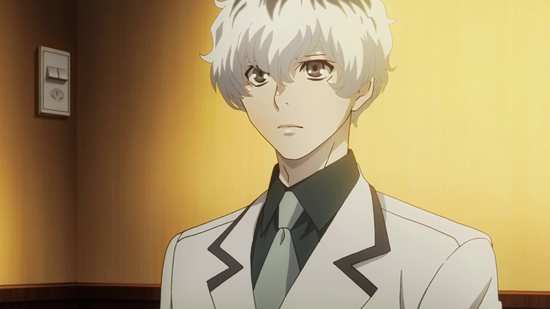
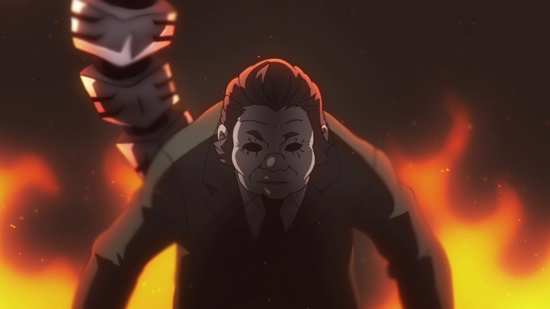
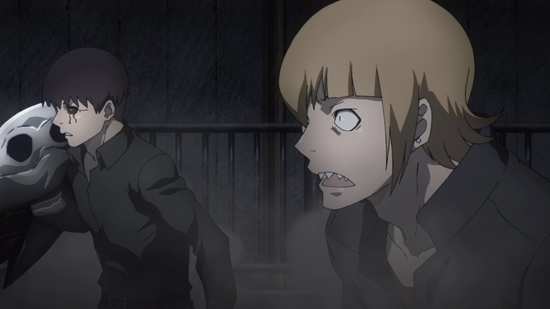
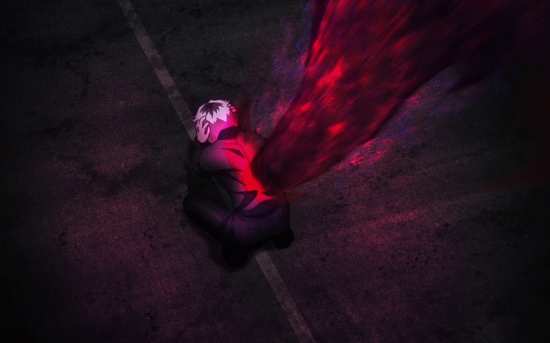
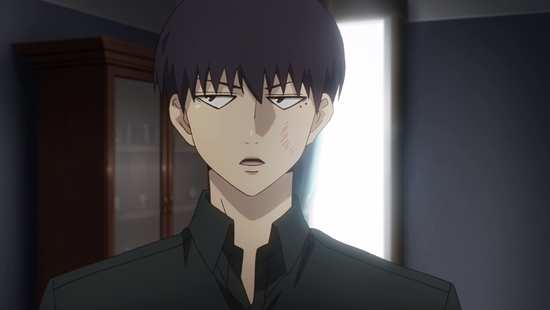
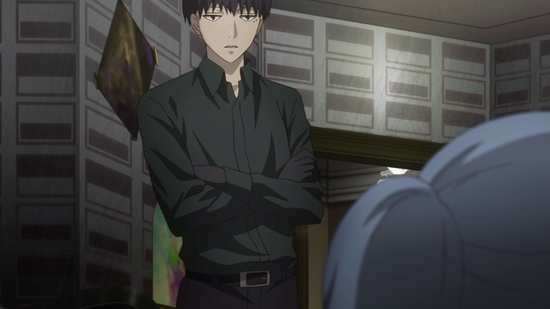
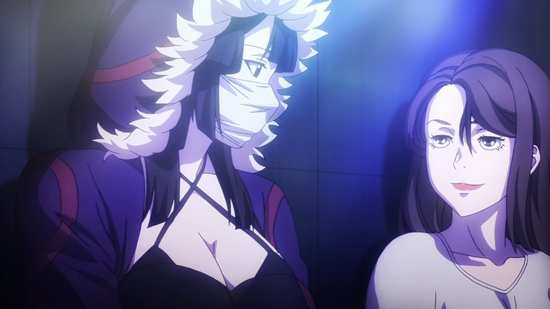
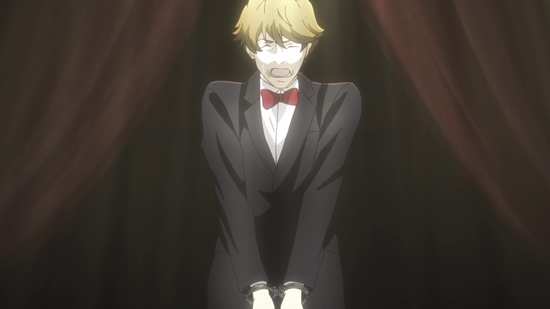
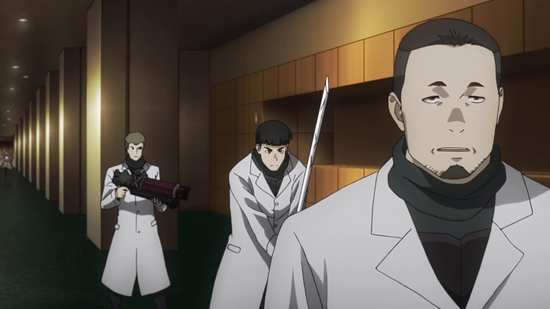
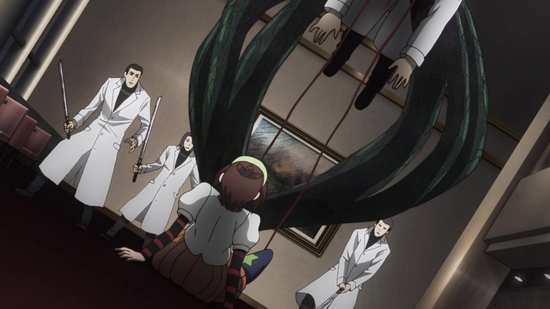
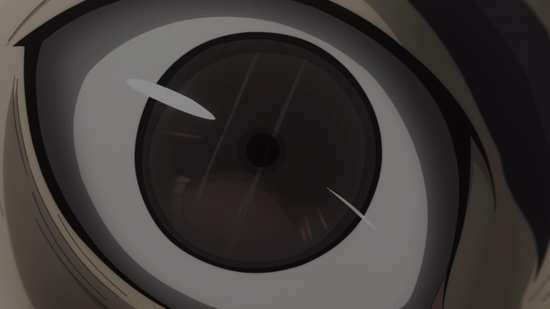
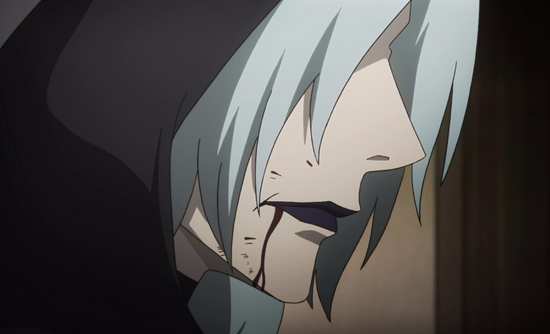
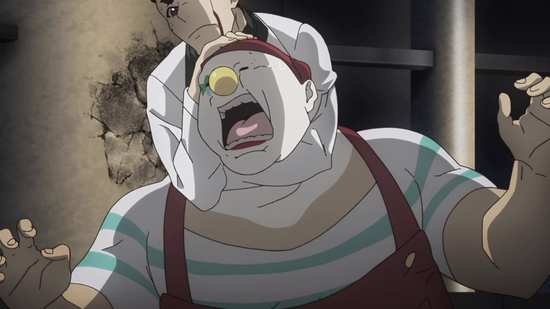
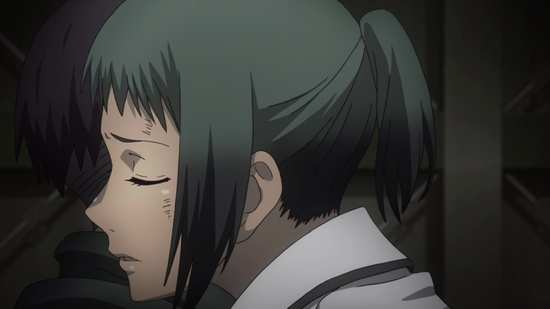
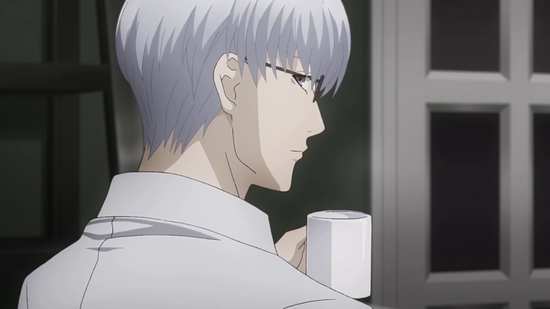
Your Opinions and Comments
Be the first to post a comment!